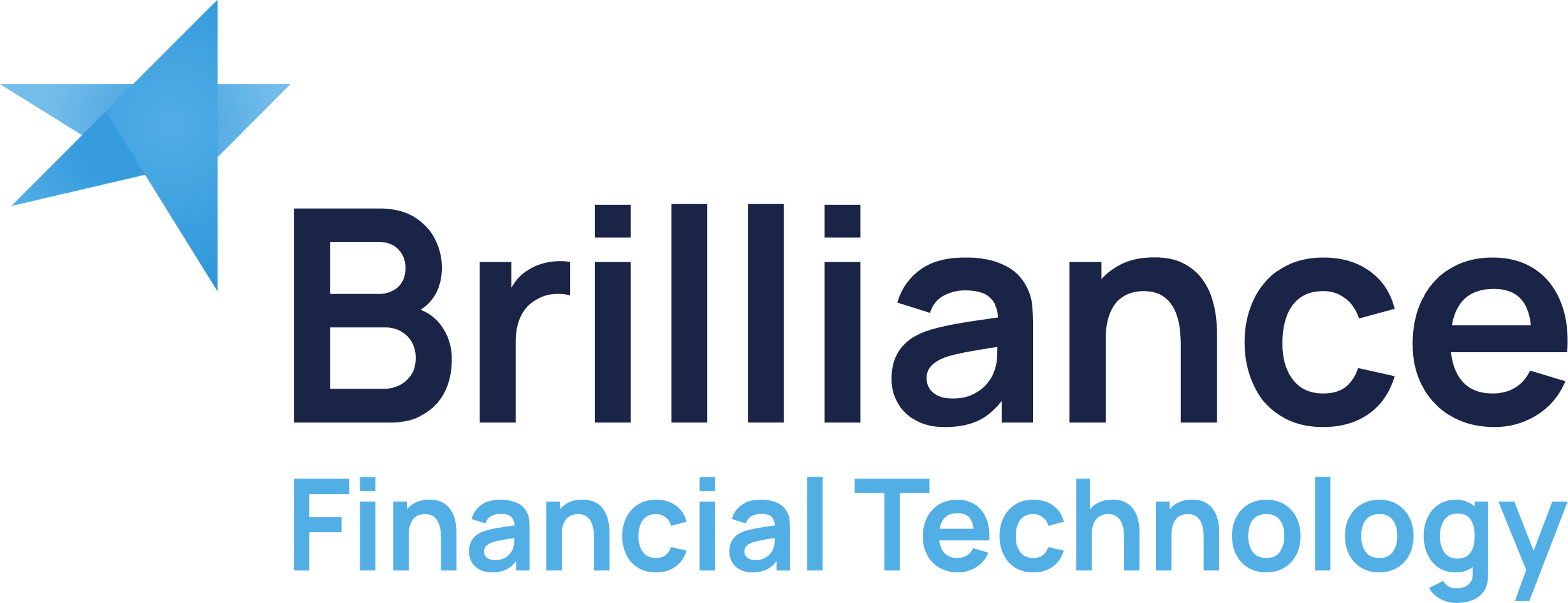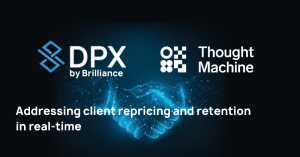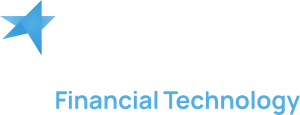Banks use risk-based pricing to evaluate customer risk and cost of capital before setting the margins, fees, and terms on loans. So rather than price all loans the same, the bank prices each loan based on the risk and cost of making that loan. Riskier loans will be priced at higher interest rates, to cover greater potential losses due to an increased default risk and cost of capital.
Some banks’ pricing model may also consider the loan’s incremental risk contribution to the bank’s overall portfolio, rather than just the customer’s stand-alone risk, to manage the portfolio concentration risk.
Banks usually set interest rates by adding a fixed margin to the total cost (of providing a loan and covering potential losses), to hit a target rate of return. The typical return measures banks use are: Risk Adjusted Return on Capital (RAROC), Return on Equity (ROE), or Return on Assets (ROA). If a bank prices a loan below its target return, the bank may make up the deficit through cross-sell income — generated by adding non-credit products such as deposits, cash management or fee-based products to the deal.
Since risk-based pricing ensures returns are appropriate to the risks taken by the bank, this pricing strategy helps banks improve their use of capital and overall profitability.
Digital Pricing Delivers Tools to Enhance Risk-Based Pricing
Modern banks need a digital pricing solution to implement risk-based pricing effectively and consistently. Digital pricing allows the bank to move away from the old manual spreadsheets approach, to make deals happen faster, more profitably, and with better information.
Some digital pricing providers deliver basic pricing features in a “one size fits all” solution. But few (if any) sizable banks are the same in methodology, product, and process. That’s why Brilliance Financial Technology tailors its industry best practice solution – DealPoint — to reflect each bank’s unique pricing process.
DealPoint is tailored to each bank’s pricing models (rather than the bank having to conform to a solution’s pre-built model templates). Each bank has full access and control of the risk and profitability models used for pricing.
The bank’s entire product set can be configured in DealPoint, with flexibility on how products are presented in the user interface. The bank can price any product in its catalog.
The bank’s pricing models are digitized and seamlessly integrated with customer data. That gives Relationship Managers (RMs) a complete view of each customer in one place, including all the information on risk, revenue, and expenses on a risk-adjusted basis. When RMs don’t have to enter customer data into a spreadsheet manually, they save time and avoid errors.
DealPoint integrates with the banks’ systems to deliver comprehensive intelligence on initial pricing, price changes through the deal life cycle, and comparison on promised vs. realized relationship profitability. The bank will know the actual return of a deal based on the actual transacted price, and its impact on profitability.
When a bank adds a state-of-the-art digital pricing solution like DealPoint, it enhances the benefits of its risk-based pricing strategies throughout the pricing lifecycle:
1. Improves pricing consistency
Digital pricing can help improve pricing consistency across customers for the same risk. It helps instill pricing discipline across bankers, branches, regions, and even lines of business.
Dynamic hurdle rates can be set to ensure optimal pricing for risk, while considering differences in customer segments and market conditions.
2. Improves customer profitability
Risk-based pricing can help improve customer profitability, by pricing higher when the risk of potential losses increases and cost of capital rises. But loans are only one element of the equation in terms of customer profitability.
Ideally, Relationship Managers will look at the customer relationship as a whole, across all products (credit and non-credit) and services. RMs should consider the impact of a new loan (at various sizes, interest rates, and fee structures) on the profitability of the entire customer relationship.
With DealPoint, RMs can easily run “what if” scenarios to evaluate different deals, and submit one or more scenarios for approval before proposing the deal to the customer. Having alternate approved deal structures can significantly improve the speed and efficiency of the pricing process.
- RMs are also able to consider the deal with or without cross sell income — which DealPoint uniquely tracks.
DealPoint focuses the bank’s front line on a target risk-adjusted return and customer profitability, and helps identify deal structures that achieve these targets.
A digital pricing solution essentially helps banks make better risk-based pricing decisions, including whether or not to extend the loan in the first place. By instilling pricing discipline and efficiency, banks will be able to process more deals, as well as drive increased profitability of each customer.
3. Maximizes profit
Digital pricing enhances risk-based pricing both at the individual deal level, as well as the portfolio level, in terms of helping to maximize profit.
At the deal management level, a digital pricing solution helps Relationship Managers structure smarter deals faster, so they can submit more deals for approval.
- DealPoint’s automated pricing approval workflow helps get approvals faster. The in-system approval workflow integrates with the bank’s email system to automate, orchestrate, and record the pricing approval process. RMs no longer need to chase after an approval.
- When deals are priced at or above targets, and deals below targets are managed consistently through an automated exceptions approval process, more deals are evaluated faster using better data. As speed and efficiency improves, the bank maximizes its profits.
At the portfolio level, the most innovative digital pricing solutions like DealPoint give a bank complete real-time pricing transparency.
You can assess the impact a deal has on customer profitability, as well as portfolio profitability. You’ll never again have to wait until month-end to see the impact of recent deals — you can forecast the portfolio profitability and improve it with every prospective deal.
In addition, the bank gains an understanding of real transaction pricing, not just the approved price.
- With DealPoint, the bank sees how the price changed through the pricing life cycle – from the initial price to approved price, and final price. And DealPoint tracks promises of cross-sell income.
These key features allow the bank to compare projected versus realized profitability, to ensure it delivers against its target portfolio profitability.
4. Improves customer loyalty
Risk-based pricing rewards customers who have lower credit risk with better pricing terms.
But banks want to consider overall relationship profitability, not just credit-only pricing. With a digital pricing solution, RMs can easily see the entire customer relationship, so they can price more appropriately across products.
The bank is able to identify, attract, and retain more of the customers you want, and build more loyal customers.
5. Identify “pricing power”
“Pricing power” or “price elasticity” refers to how price increases affect customer demand. If you have a lot of pricing power, you can raise prices and have a minimal effect on customer demand.
- With DealPoint, you capture the initial price, see how the price changed along the way, and get accurate data on the final price.
This allows you to see emerging pricing trends, understand customer preference in terms of fee or margin sensitivity, and analyze the effects of a higher price by customer, sector, or portfolio segment.
6. More effective capital management
Risk-based pricing helps banks deploy capital from less profitable deals and customers to more profitable deals and customers.
With an integrated digital pricing solution, RMs can see customer profitability across products to make better decisions about pricing.
It also allows the bank to actively manage pricing targets, and set hurdle rates or return on capital goals.
- With DealPoint’s real-time view of every deal, you’ll effectively shape your portfolio – in real time — and manage capital.
7. Makes audits seamless
With DealPoint, your risk-based pricing process is completely transparent, since the system records all deal pricing and approval decisions. You reduce errors because you reduce manual data entry and transfer.
That makes compliance and audit a simple task. No more searching through emails or spreadsheets to figure out how pricing decisions were made — and how they changed through a deal’s history. DealPoint records every step.
For more information about how DealPoint can modernize your risk-based pricing, help your bank improve customer profitability, and improve pricing intelligence, contact the experts at Brilliance Financial Technology today.





